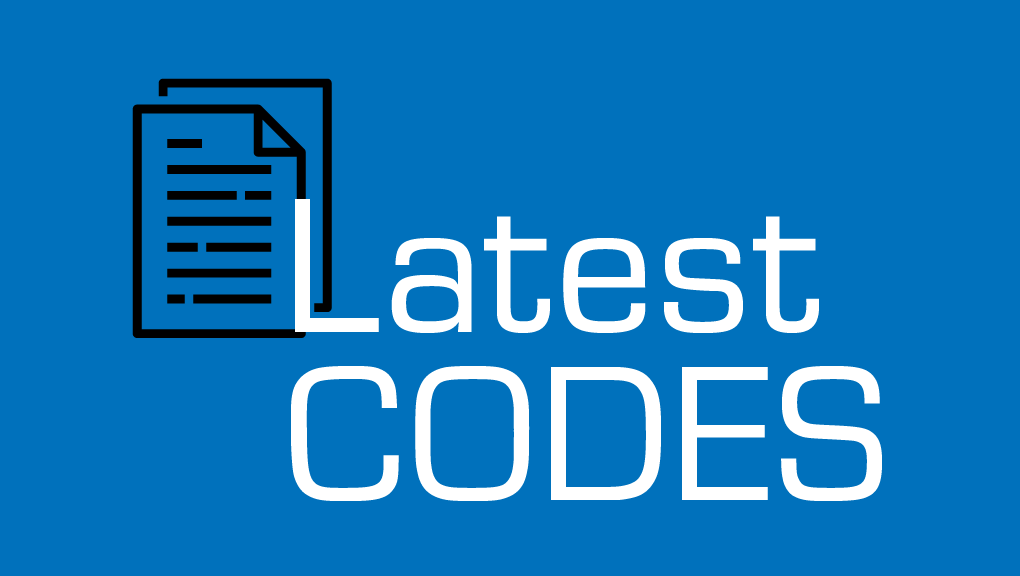Safe Work Australia – Update March 2022
Safe Work Australia has recently updated a number of guidance materials and new model codes.
National Return to Work Survey findings
The National Return to Work Survey is a biennial survey that measures outcomes of ill and injured workers receiving workers’ compensation to better understand their experiences and factors that may influence their return to work.
The findings include key metrics, insights and time series data.
The survey is a key data source guiding the delivery of the National Return to Work Strategy 2020-2030.
New guidance: Rapid antigen testing of workers
The information will help employers determine whether a rapid antigen testing program (RAT program) for their workers is a reasonably practicable control measure to manage the risks of COVID-19 at work. View the guidance here.
New infographics: Workplace sexual harassment statistics and What to do if you are sexually harassed at work
Do you know how to prevent sexual harassment at your workplace? Start this important conversation at your workplace by using Safe Work Australia’s new infographic – Workplace sexual harassment statistics.
Or if you have been sexually harassed at your workplace read the infographic – What to do if you are sexually harassed at work.
These new infographics are part of a suite of materials which also include guidance materials and information sheets to help employers and small businesses understand what sexual harassment is and what their WHS duties are around sexual harassment. They provide practical steps on how to prevent sexual harassment occurring in the workplace. View the materials here.
March 2022 updates by jurisdiction:
ACT
OHS Codes of Practice: https://www.worksafe.act.gov.au/laws-and-compliance/codes-of-practice
Occupational lung diseases strategy and management of silica dust at construction sites
WorkSafe ACT has launched its Strategy for Preventing Occupational Lung Diseases 2021-2023. WorkSafe ACT has also released a guide to assist in managing the risks of silica dust across the construction industry, which is the first of its kind in Australia. Read more here.
NSW
OHS Codes of Practice: https://www.safework.nsw.gov.au/resource-library/list-of-all-codes-of-practice
NT
OHS Codes of Practice: https://worksafe.nt.gov.au/forms-and-resources/codes-of-practice
WA
New work health and safety laws for WA from 31 March 2022
After 30 years, WA’s work health and safety laws will be modernised. The new laws recognise modern work relationships such as subcontractors and gig economy workers, and introduces the term ‘person conducting a business undertaking’. This means anyone who engages a WA worker has a duty to protect their health and safety. The Work Health and Safety Act 2020 and regulations will commence 31 March 2022. More information here.
Mentally healthy workplaces codes of practice
The Commission for Occupational Safety and Health (WA) has developed codes of practice which focus on different areas where psychosocial as well physical harms may be experienced in a workplace.
- Code of Practice: Violence and aggression at work
The Violence and Aggression at Work Code of Practice focuses on the general principles applied to the prevention and management of violence and aggression in the workplace. The intent of this code is to provide practical guidance for workplaces where people may be exposed to various forms of violence and aggression at work, including physical assault, sexual assault, verbal abuse, threats, intimidation and harassment, including sexual harassment.
- Code of Practice: Workplace behaviour
The Workplace Behaviour Code of Practice focuses on the general principles applied to the prevention and management of inappropriate or unreasonable behaviour in the workplace. The intent of the Workplace Behaviour Code of Practice is to provide practical guidance for workplaces where people may be exposed to various forms of inappropriate or unreasonable workplace behaviour including bullying, harassment, violence and aggression, discrimination, and misconduct.
- Code of Practice: Psychosocial hazards in the workplace
The Psychosocial Hazards in the Workplace Code of Practice focuses on the general principles applied to the prevention and management of psychosocial hazards in the workplace. The intent of this code is to provide practical guidance for workplaces where workers may be exposed to psychological and social hazards such as inappropriate behaviours, violence and aggression, and fatigue, stress and trauma, which can be harmful to their health.
- Managing COVID-19 risks in the workplace
The objective of this new guidance is to assist employers/ PCBUs in Western Australia to manage the risks and reduce exposure to COVID–19. See it here.
Code of Practice: Excavation
Western Australia’s Department of Mines, Industry Regulation and Safety (DMIRS) recently issued the Excavation code of practice which provides practical guidance to prevent occupational injury and disease in all workplaces where excavation and associated earthworks are performed.
VIC
Workplace Safety Legislation and Other Matters Amendment Act 2022
Information about changes which became law on 16 March 2022.
The Workplace Safety Legislation and Matters Amendment Act 2022 (the Act) aims to prevent and better respond to workplace safety incidents, improve outcomes for injured workers and their families, and increase WorkSafe Victoria’s ability to enhance Victoria’s workers’ compensation scheme operations.
The Act makes amendments to the Accident Compensation Act 1985 (AC Act), the Dangerous Goods Act 1985 (DG Act), the Equipment (Public Safety) Act 1994 (EPS Act), the Occupational Health and Safety Act 2004 (OHS Act), and the Workplace Injury Rehabilitation and Compensation Act 2013 (WIRC Act)
The changes are needed to support improvements and enhancements across WorkSafe’s insurance and occupational health and safety (OHS) functions.
Changes to the threshold for duty holders to notify WorkSafe of certain incidents and to the grounds that inspectors can issue prohibition notices and directions on, will enable improved responsiveness to risks and hazards and further enhance WorkSafe’s prevention mandate.
Some changes have commenced, with others beginning in mid-2022. More information is available from WorkSafe Victoria.
Dangerous Goods (Explosives) Regulations 2022 open for comment
Employers, employees, interested parties and the public are invited to comment on the proposed regulation until 21 March, 2022. To find out more and have your say visit https://engage.vic.gov.au/dangerous-goods-explosives-regulations-2022 .
Psychological health regulations open for comment
Victorian employers, workers and members of the public can now have their say on proposed regulations to better prevent workplace psychological harm. The public consultation on the regulations and associated Regulatory Impact Statement will close for submissions on 31 March, 2022.
To view the proposed regulations or make a submission, visit https://engage.vic.gov.au/proposed-psychological-health-regulations
SA
OHS Codes of Practice: https://www.safework.sa.gov.au/resources/codes-of-practice
Qld
OHS Codes of Practice: https://www.worksafe.qld.gov.au/laws-and-compliance/codes-of-practice

